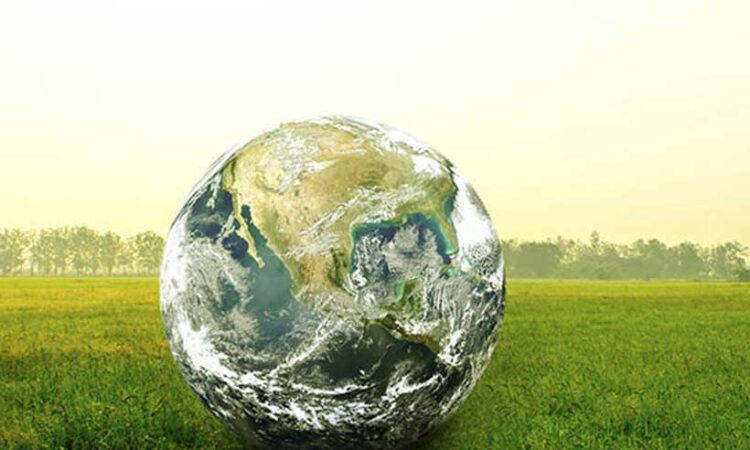
Inflation, geopolitical tensions, barriers to trade and talk of “decoupling” are creating headwinds for the global economy, while better cooperation is needed to drive growth and address shared challenges. Global GDP growth is expected to reach just 2.8% this year, but it’s not all doom and gloom, said speakers in the session: Braving the Headwinds: Rewiring Growth Amid Fragility. Green energy, innovative technologies and broad inclusivity could help secure an economic rebound.
The climate economy must be a core component of economic growth. Fresh from the New Global Financing Pact in Paris, Barbados Prime Minister Mia Mottley said financing remains the biggest obstacle to getting climate projects off the ground. “What is required is urgent action, but we can’t take action if we don’t have oxygen. The oxygen is in fact the capital, the finance that’s needed in order to be able to fuel the activities of both the public sector and the private sector.”
Mottley added, “The problem is that there is a serious disparity in the pricing of capital between the global north and the global south. Some of it relates to foreign exchange risk, some of it relates to lack of information and data, some of it relates to lack of confidence with respect to systems and rule of law, some of it is unconscious bias. We have to start where we can make meaningful progress, and that is in the area of finance.”
She was joined by Chris Hipkins, Prime Minister of New Zealand, whose priority is putting climate at the heart of the country’s economy. “We have to ensure what we produce is clean, green and sustainable.” He added that economic growth depends on “an international rules-based system for trade,” and pointed to the success of the Comprehensive and Progressive Agreement for Trans-Pacific Partnership (CPTPP) as an example of multilateral cooperation.
That multilateralism is under threat, according to Zhang Yuzhou, Chairman, State-owned Assets Supervision and Administration Commission (SASAC). “We often hear talks of decoupling and related practices which certainly impede international cooperation and trade,” he said. With restrictions on technologies like chips, Zhang said, “We still see major barriers in terms of the free flow of technology.”
Viet Nam and China, both engines of the economy in Asia, present possible solutions. Growing consumption and investment are expected to drive a 6% uptick in Viet Nam’s GDP this year. “We need to expand our market for export, remove tariffs and barriers and remove trade protection measures,” said Pham Minh Chinh, Prime Minister of Viet Nam, adding, “No one country can solve the issues alone.” China expects GDP growth of 5% this year, driven by strong growth in wind power, renewable energy vehicles and other promising green technologies. Zhang said China would still like to see better policy coordination among major economies. “We need to enhance mutual trust so we can grow global economic growth,” he said.
Spreading that growth will help more countries get a piece of the growing economic pie, according to Ngozi Okonjo-Iweala, Director-General, World Trade Organization. She would like to see supply chains expand beyond the usual markets to places like Morocco, Senegal, Nigeria and Bangladesh. “Let us look at those areas that are friendly to invest in and see if we can centralize and diversify supply chains and bring these areas into the world trade. Integrate them better,” she said. “I’d like the business world to look at this potential.” She also mentioned green trade and digital services as two growth areas that could help more people share in economic prosperity.






